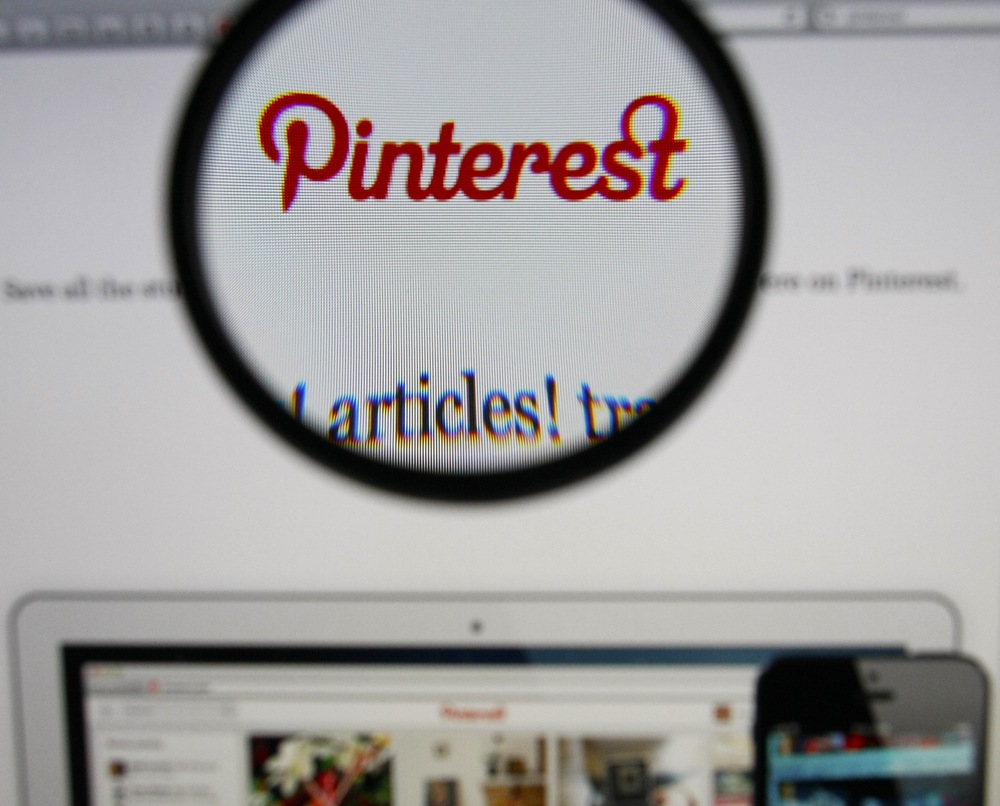The fastest rising online social network is quickly becoming the Internet’s most promising platform for marketing and advertising. Pinterest, the network that describes itself as a visual discovery tool, is growing into a powerful tool for business-to-consumer (B2C) enterprises to promote their business.
For this reason, many brands and companies have been waiting very anxiously for the day when they will be able to evaluate Pinterest’s advertising campaigns. That day is almost here, which is why it is very important for potential advertisers to ensure they are ready to take advantage of this new marketing tool.

Why Pinterest is the Best Social Network for Advertising
Here’s are some great stats on Pinterest to see why it’s a sleeping powerhouse for advertisers:
- There are more than 30 billion Pins on Pinterest, which have been collected by people into more than 750 million boards
- 75% of all usage (traffic) comes from mobile. (Native apps, mobile web not yet included.)
- Pinterest is available in 31 languages
- There are hundreds of thousands of businesses on Pinterest
- According to StatCounter, Pinterest refers more traffic than Twitter, YouTube, Tumblr, etc
In Pinterest’s case, the organic growth can be argued to be more valuable: this is a social network predominantly used by women who are positively engaged with the tangible goods and services featured therein. In other words, brands and services have an excellent opportunity to reach very receptive consumers on Pinterest.
There is an adage associated with human attraction which suggests men are more visual than women. That may be the case when it comes to dating and relationships, but Pinterest is living proof that women enjoy visual platforms that feature stuff that they like to see, discuss, and possibly purchase. This is clearly a potential goldmine for B2C marketing; the only other online property to achieve this win-win situation is Etsy, the handcrafts e-commerce site with social networking features. Not surprisingly, Etsy is one of the strongest brands on Pinterest.
To summarize: Pinterest is a social network where millions of women enjoy looking at stuff they like, sharing said stuff, and discussing very important matters such as why they will buy the stuff. Pinterest is a virtual paradise for B2C marketers who take the time to understand what keeps so many women glued to this network.
Understanding Pinterest Marketing
In essence, Pinterest consists of interconnected pin boards where users can “pin,” or upload, items they find of interest as they browse the web. As a general rule, the content pinned must have visual appeal, and thus the majority of pins are pictures and graphics. Since nearly 85 percent of Pinterest members are females under the age of 35, there is a strong focus on fashion, recipes, wedding-related items, beauty, and travel.
For B2C companies, advertising on Pinterest could be a windfall. Earlier this year, the network announced it had begun testing native advertising through promoted pins. A few major brands who had organically established a strong presence on Pinterest were chosen as the test subjects of promoted pins, a native advertising strategy similar to promoted company updated on LinkedIn and promoted tweets on Twitter. For the time being, brands such as Gap, Lululemon, and Ziploc are benefiting from this test run.
It is important to note that the brands chosen for the Pinterest advertising test run had already done their fair share of marketing on the network. This organic marketing effort is different from paid advertising, which means that B2C brands who are planning to tap into this fantastic tool for online promotion must first work on their Pinterest organic marketing game.
Major Points of Effective Pinterest Marketing
First: Make sure the Pinterest business profile, the different boards, and the company website are properly set up. This means following the network recommendations of incorporating “Pin It” buttons and other elements that make visual content friendly to visitors who arrive from Pinterest.
Second: Become familiar with the Pinterest copyright policy and begin following influential boards. The next step should be to start pinning the brand’s goods and services gradually; it is important not to dump the items all at once. Also, start looking into hashtags and rich pins for business, which allow brands to set up items such as price banners, geographic locations, ingredients, additional information, and more.
Third: Engage with those you are following as well as with the followers you gain. This means “liking” items pinned by others, leaving positive comments, answering every question, greeting new followers, providing helpful commentary, etc. The idea is to be friendly and creative when promoting your brand. Take a look at what your competitors are doing on Pinterest and emulate the positive aspects of their marketing strategy.
Once you have spent some time on accomplishing the steps above, request priority access to be notified about the launch of promoted pins for all Pinterest businesses. You can request access here, but you should really work on organic promotion before looking into paid Pinterest advertising. A weak presence on Pinterest while conducting a paid advertising campaign will only result in becoming detrimental to your brand on this exciting network.
Image Credits
Featured Image: Gil C via Shutterstock
Post Image: Twin Design via Shutterstock





![AI Overviews: We Reverse-Engineered Them So You Don't Have To [+ What You Need To Do Next]](https://www.searchenginejournal.com/wp-content/uploads/2025/04/sidebar1x-455.png)